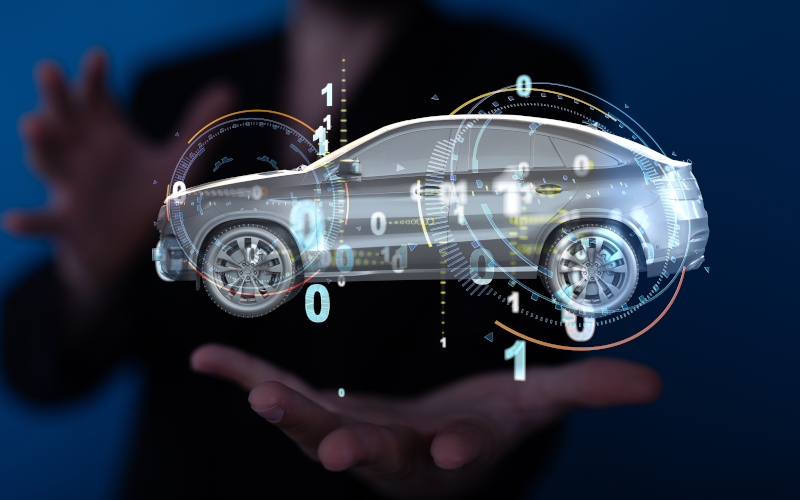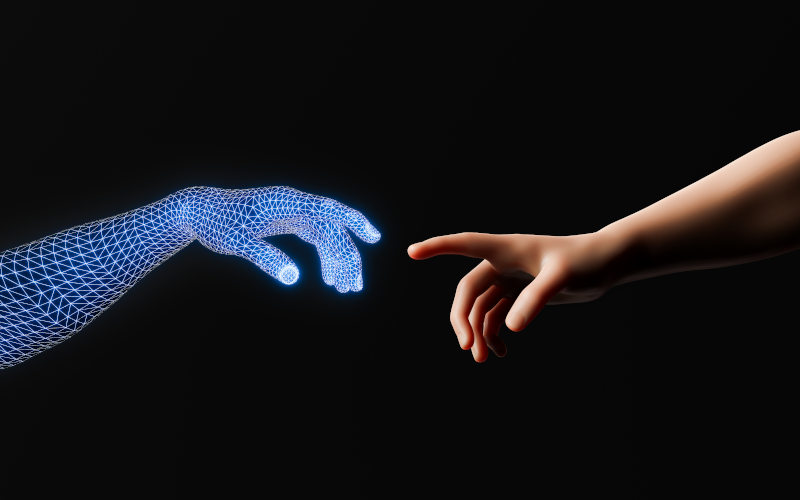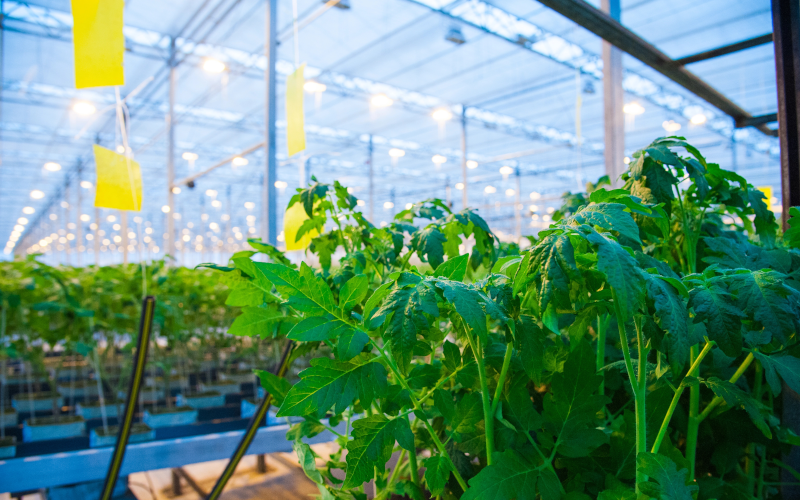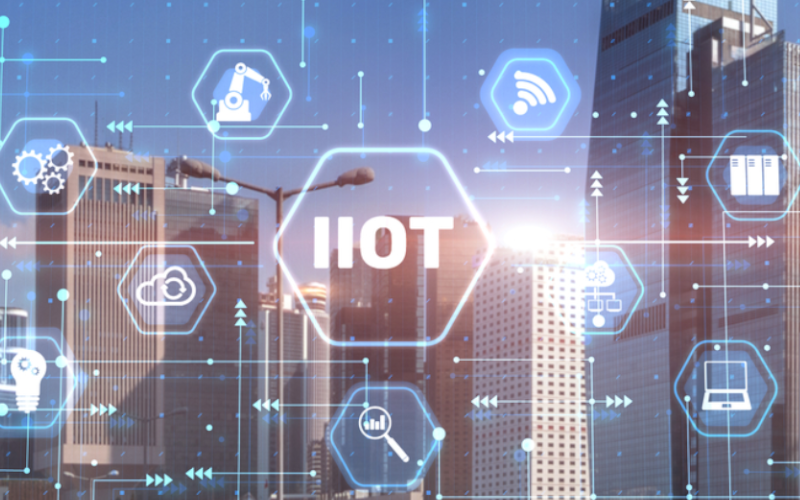
This article aims to present a brief example guide for an implementation of the new standard in a supplier's facilities.
Going through the critical points of the standard, a generic use case will be followed to exemplify how a vehicle manufacturer can adapt its processes to comply with the new standard in an efficient and effective way.
By presenting an overview of the standard and production processes, the aim is to provide a brief guide to serve as a starting point and help avoid common failures in industrial environments when faced with new regulations, such as redundancy of effort, inefficiency in resource management and deficiencies in the application of safety measures.

The digital twins are virtual recreations of real-world objects or processes. This innovative idea, proposed by Dr. Michael Grieves, has become increasingly relevant in various industrial sectors thanks to the advancement of technologies such as 3D modelling, the Internet of Things (IoT), the IIoT (Industrial Internet of Things), machine learning and big data. Its application makes it possible to simulate and analyse physical processes efficiently, thus contributing to the digital transformation of industry, also known as Industry 4.0.
The fundamental purpose of digital twins is to facilitate the understanding of how elements operate in the physical world. For example, in manufacturing, it is possible to create a digital twin of a factory and through simulations explore different scenarios: what would happen if a machine were modified, how would it impact production, and what would happen if a machine were changed? The digital twin provides answers before real changes are made to the physical environment, speeding up decision-making and optimising processes.

The agri-food sector is one of the most critical sectors today because it is one of the most important sectors for the country's economy, as it produces food.
This sector, like many others, is in continuous evolution. An example of this is the automation and digitalization of the many processes that are carried out. These new technologies bring many advantages, such as more efficient processes, less water consumption, detection of possible risks, etc. These great advantages also bring with them some problems, such as increased exposure to cyber-attacks.
Therefore, this article provides some basic knowledge to make the industry aware of the importance of implementing cybersecurity in their technologies.

In today's business landscape, the digital revolution has led to an unprecedented transformation, and at the epicenter of this evolution are Industrial Internet of Things devices (IIoT). These devices, skilled in collecting and transmitting data in real-time, have emerged as fundamental pillars, that drive operational efficiency and decision-making in industrial environments.
From advanved sensors to smart sctuators, the network of IIoT devices implemented in the industrial fabric is improving the frontiers of connectivity, impacting the way companies design, implement, and manage their operations.
In this article, we will learn about the role of these devices within Industry 4.0, analyzing how different types of architectures are implemented and how their communications protocols shape the future of the industry.



